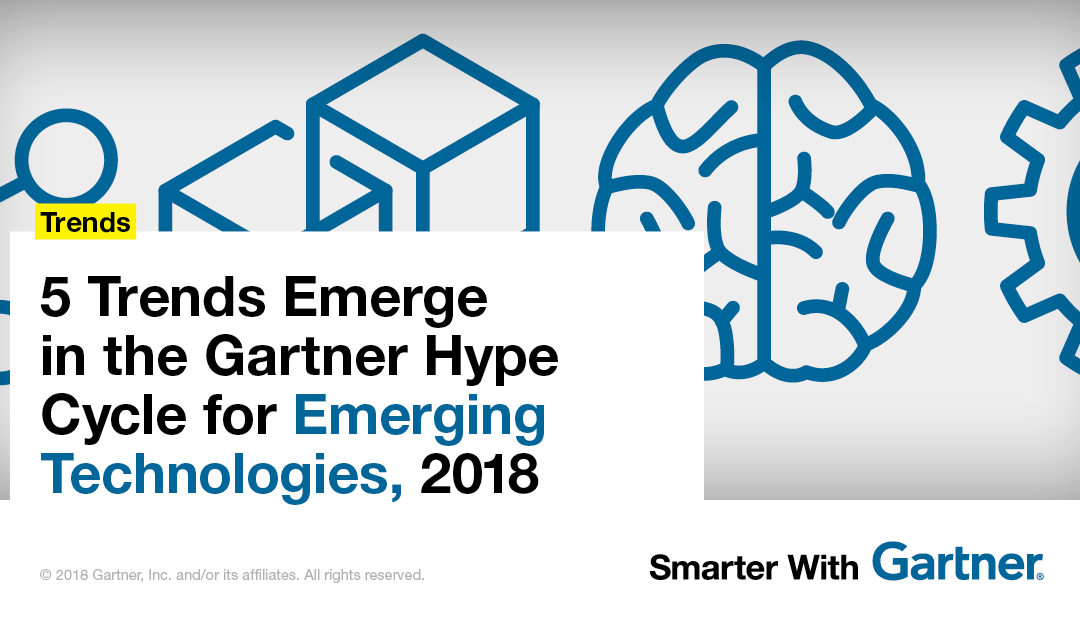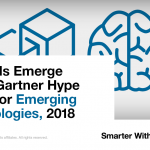Waiting curbside for an Uber or Lyft driver might one day be the old-fashioned way of getting around. Instead, passengers will need to head to the helipad to catch a ride from a flying autonomous vehicle. Not only will these future taxis take to the sky to potentially reduce traffic, they’ll operate independently of a human pilot.
Realistically, the world (and the technology) aren’t quite ready for autonomous flying taxis. The first challenge will be mastering the autonomous technology, which is still at least five to 10 years away. According to a recent test by the Insurance Institute for Highway Safety, today’s autonomous vehicle makers Level 2 driver assistance are not capable of driving safely on their own. The production vehicle that can safely drive itself anywhere, anytime isn’t available at the local car dealer and won’t be for quite some time.
The concept of autonomous flying vehicles isn’t just for human passengers but can be applied to transport many other things such as medical supplies, packages, food delivery and more. Companies are actively investigating this technology as a way to deliver same-day packages or regularly send supplies to remote locations without a pilot. These are a real possibility in the next decade.
Fully autonomous flying vehicles are an easier problem to solve in some cases than autonomous vehicles on the ground because the airspace is highly controlled and there are fewer variables such as humans. However, while there will be unique regulatory and societal challenges (e.g., where would all the helipads go, and how do we prevent crashes?), flying autonomous vehicles are one of 17 new technologies to join the Gartner Hype Cycle for Emerging Technologies, 2018. The Gartner Hype Cycle focuses on technologies that will deliver a high degree of competitive advantage over the next decade.
This year, Gartner organized the 17 technologies into five major trends: Democratized artificial intelligence (AI), digitalized ecosystems, do-it-yourself biohacking, transparently immersive experiences and ubiquitous infrastructure.
“As a technology leader, you will continue to be faced with rapidly accelerating technology innovations that will profoundly impact the way you deal with your workforce, customers and partners. The trends exposed by these emerging technologies are poised to be the next most impactful technologies that have the potential to disrupt your business, and must be actively monitored by your executive teams,” says Mike Walker, research vice president at Gartner.

Trend #1: Democratized AI
AI, one of the most disruptive classes of technologies, will become more widely available due to cloud computing, open source and the “maker” community. While early adopters will benefit from continued evolution of the technology, the notable change will be its availability to the masses. These technologies also foster a maker community of developers, data scientists and AI architects, and inspire them to create new and compelling solutions based on AI.
For example, smart robots capable of working alongside humans, delivering room service or working in warehouses, will allow organizations to assist, replace or redeploy human workers to more value-adding tasks. Also in this category are autonomous driving Level 4 and autonomous driving Level 5, which replaced “autonomous vehicles” on this year’s Hype Cycle.
Autonomous driving Level 4 describes vehicles that can operate without human interaction in most, but not all, conditions and locations and will likely operate in geofenced areas. This level of autonomous car will likely appear on the market in the next decade. Autonomous driving Level 5 labels vehicles operating autonomously in all situations and conditions, and controlling all tasks. Without a steering wheel, brakes or pedals, these cars could become another living space for families, having far reaching societal impacts.
Trend #2: Digitalized ecosystems
Emerging technologies in general will require support from new technical foundations and more dynamic ecosystems. These ecosystems will need new business strategies and a move to platform-based business models.
“The shift from compartmentalized technical infrastructure to ecosystem-enabling platforms is laying the foundation for entirely new business models that are forming the bridge between humans and technology,” says Walker.
For example, blockchain could be a game changer for data security leaders, as it has the potential to increase resilience, reliability, transparency, and trust in centralized systems. Also under this trend are digital twins, a virtual representation of a real object. This is beginning to gain adoption in maintenance, and Gartner estimates hundreds of millions of things will have digital twins within five years.
Trend #3: Do-it-yourself biohacking
2018 is just the beginning of a “trans-human” age where hacking biology and “extending” humans will increase in popularity and availability. This will range from simple diagnostics to neural implants and be subject to legal and societal questions about ethics and humanity. These biohacks will fall into four categories: technology augmentation, nutrigenomics, experimental biology and grinder biohacking.
For example, biochips hold the possibility of detecting diseases from cancer to smallpox before the patient even develops symptoms. These chips are made from an array of molecular sensors on the chip surface that can analyze biological elements and chemicals. Also new to the Hype Cycle this year is biotech, artificially cultured and biologically inspired muscles. Though still in lab development, this technology could eventually allow skin and tissue to grow over a robot exterior, making it sensitive to pressure.
Trend #4: Transparently immersive experiences
Technology, such as that seen in smart workspaces, is increasingly human-centric, blurring the lines between people, businesses and things, and extending and enabling a smarter living, work and life experience. In a smart workspace, electronic whiteboards can better capture meeting notes, sensors will help deliver personalized information depending on employee location, and office supplies can interact directly with IT platforms.
On the home front, connected homes will interlink devices, sensors, tools and platforms that learn from how humans use their house. Increasingly intelligent systems allow for contextualized and personalized experiences.
Learn how to identify, respond and navigate through the world of digital disruption
Trend #5: Ubiquitous infrastructure
In general, infrastructure is no longer the key to strategic business goals. The appearance and growing popularity of cloud computing and the always-on, always-available, limitless infrastructure environment have changed the infrastructure landscape. These technologies will enable a new future of business.
For example, quantum computing, with its complicated systems of qubits and algorithms, can operate exponentially faster than conventional computers. In the future, this technology will have a huge impact on optimization, machine learning, encryption, analytics and image analysis. Though general-purpose quantum computers will probably never be realized, the technology holds great potential in narrow, defined areas.
A second new technology in this trend is neuromorphic hardware. These are semiconductor devices inspired by neurobiological architecture, which can deliver extreme performance for things like deep neural networks, using less power and offering faster performance than conventional options.

















